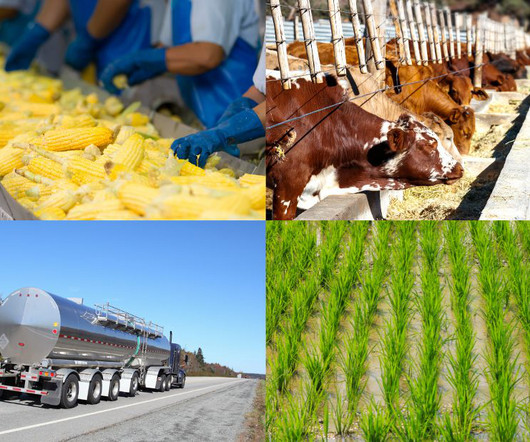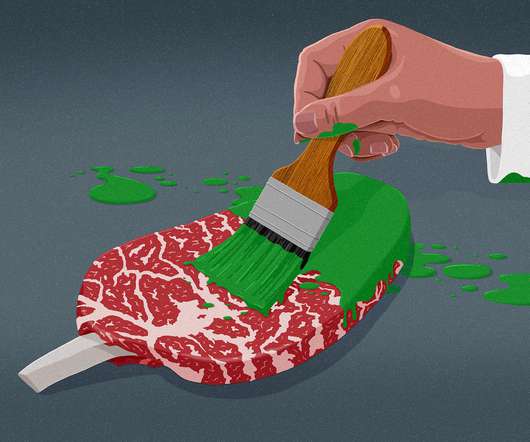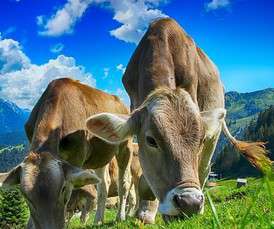Reducing Food System Emissions, One Bite At A Time
Energy Innovation
MARCH 8, 2023
With rising populations and growing appetites for emissions-intensive foods, emissions are projected to increase 50 percent by 2050 under business-as-usual conditions. Demand for livestock products like beef and milk must be reduced by 10-25 percent to attain low-emissions or net-zero goals (Costa et al., Source: Costa et al.















Let's personalize your content